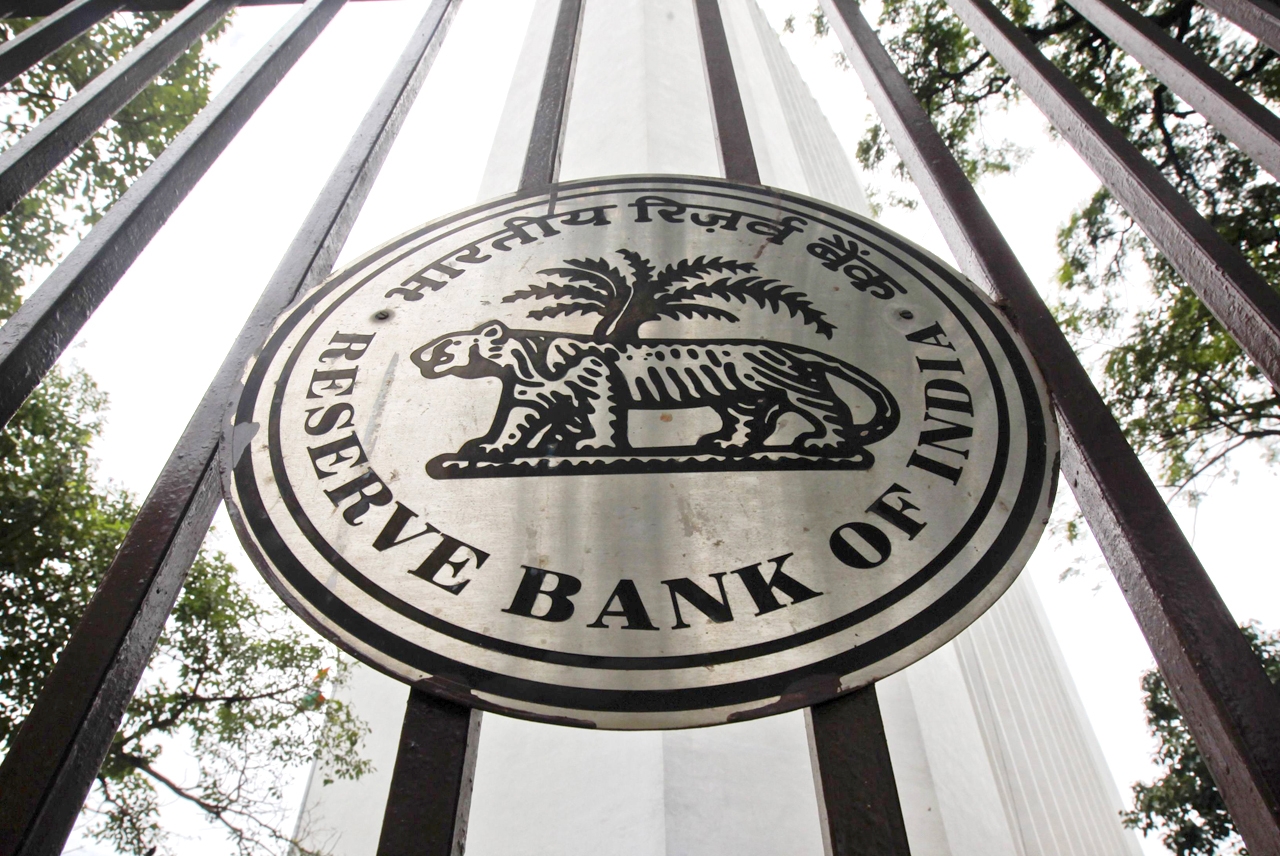RBI unleashes more firepower; cuts lending rates; extends moratorium
Mumbai: To lessen the double whammy impact of subdued demand a long with lower production on account of COVID-19 pandemic, the Reserve Bank on Friday reduced its key lending rates and extended the moratorium period for interest payments on term loans.
Accordingly, the Monetary Policy Committee (MPC) of the central bank in an unscheduled meet reduced the repo rate by 40 basis points to 4 per cent from 4.40 per cent.
Consequently, the reverse repo rate has automatically been reduced to 3.35 per cent 3.75 per cent.
Apart from the MPC’s rate cut, the Apex bank announced other major decisions keeping in mind the devastating economic impact of COVID-19 pandemic.
In one such decision, the Reserve Bank extended the moratorium on interest payments on all term loans for another three months.
The RBI also allowed for repayment of accumulated interest on account of the moratorium through FY21.
Furthermore, it has decided to increase the group exposure limit to 30 per cent from the current 25 per cent of the eligible capital base of a bank in view of the coronavirus pandemic.
The increased limit will be applicable up to June 30, 2021.
Besides, the Reserve Bank extended a credit line of Rs 15,000 crore to the Export-Import (EXIM) Bank of India.
Making the announcements through an online address, RBI Governor Shaktikanta Das said the macroeconomic impact of the pandemic is turning out to be more severe than initially anticipated.
“The MPC is of the view that that the macroeconomic impact of the pandemic is turning out to be more severe than initially anticipated.”
“Beyond the destruction of economic and financial activity, livelihood and health are severely affected. Judging that the risks to growth are acute, while the risks to inflation are likely to be short-lived, the MPC believes that it is essential now to instil confidence and ease financial conditions fur ther.”
“This will facilitate the flow of funds at affordable rates and rekindle investment impulses.”
Besides, he cited that high frequency indicators point to a collapse in demand beginning in March 2020 across both urban and rural segments.
“Electricity and petroleum products consumption – indicators of day to day demand – have plunged into steep declines. The double whammy in terms of losses of both demand and production has, in turn, taken its toll on fiscal revenues,” RBI Governor said.
“Investment demand has been virtually halted by a decline of 36 per cent in the production of capital goods in March, which was coincident with a contraction of 27 per cent in imports of capital goods in March and 57.5 per cent in April.”
According to him, the biggest blow from COVID-19 has been to private consumption, which accounts for about 60 per cent of domestic demand.
Resultantly, India’s GDP growth rate for the financial year 2020-21 is likely to be in the negative territory due.
He added that if the inflation trajectory evolves as expected, more space will open up to address the risks to growth




 Ms Kalinga AI
Ms Kalinga AI